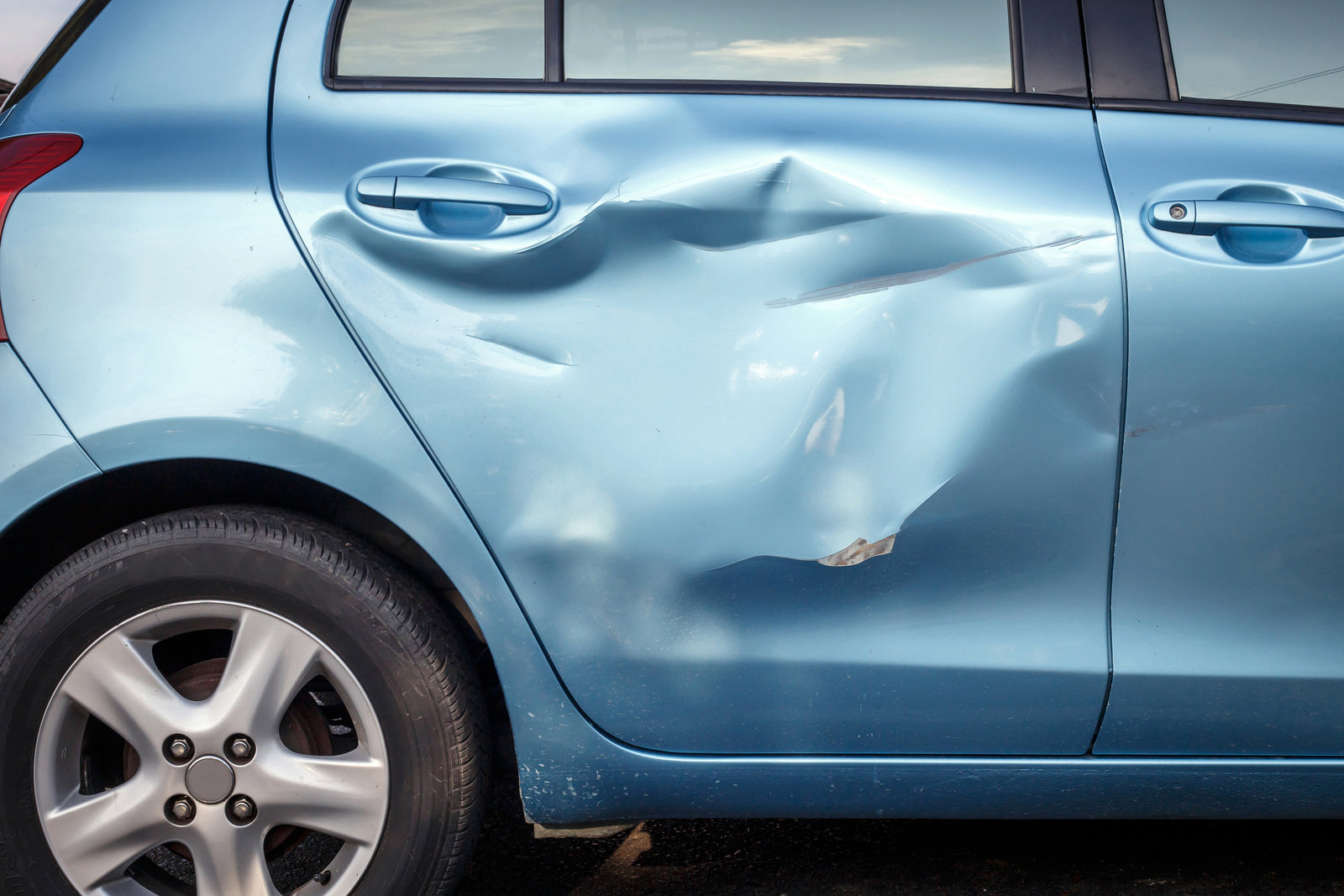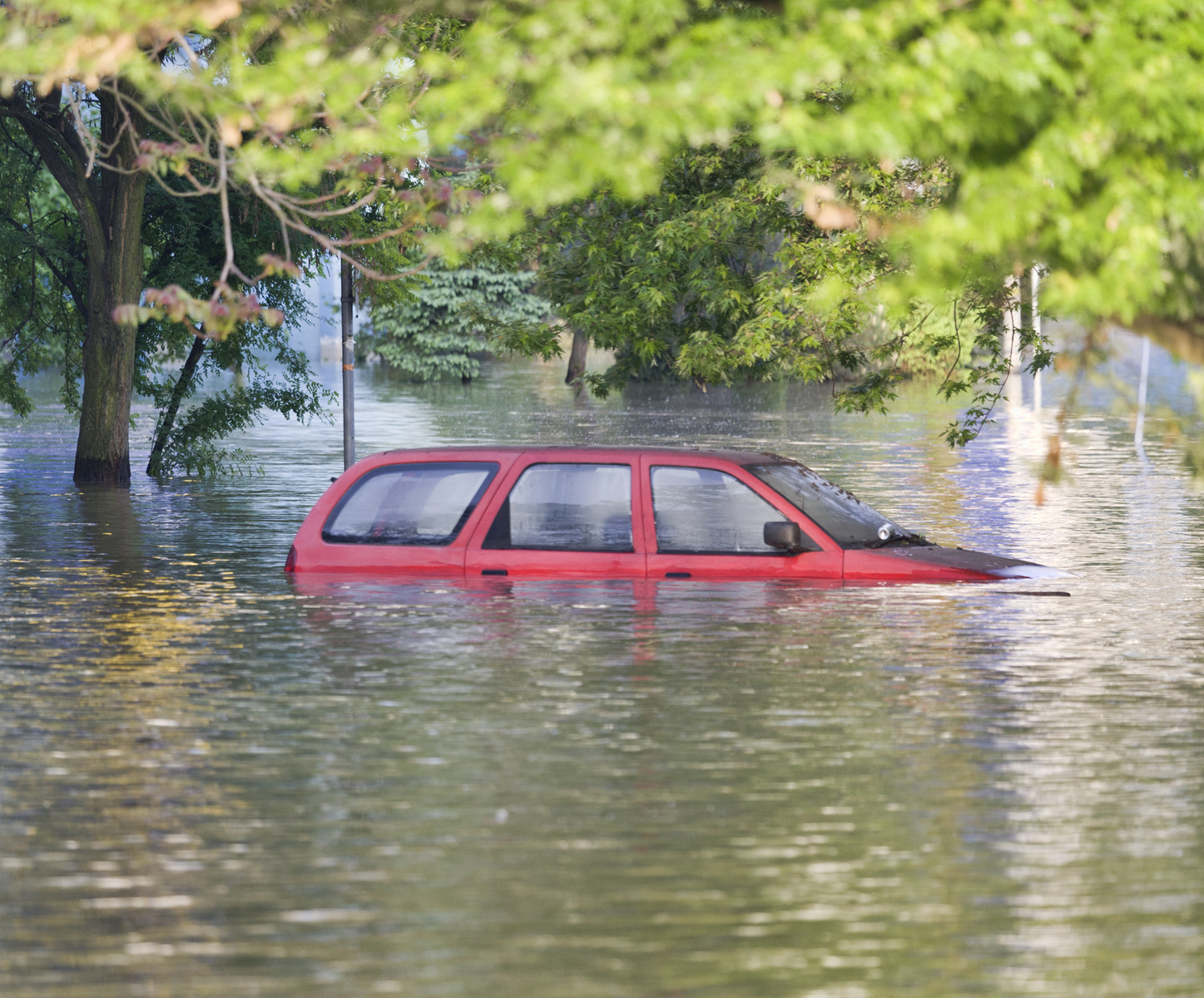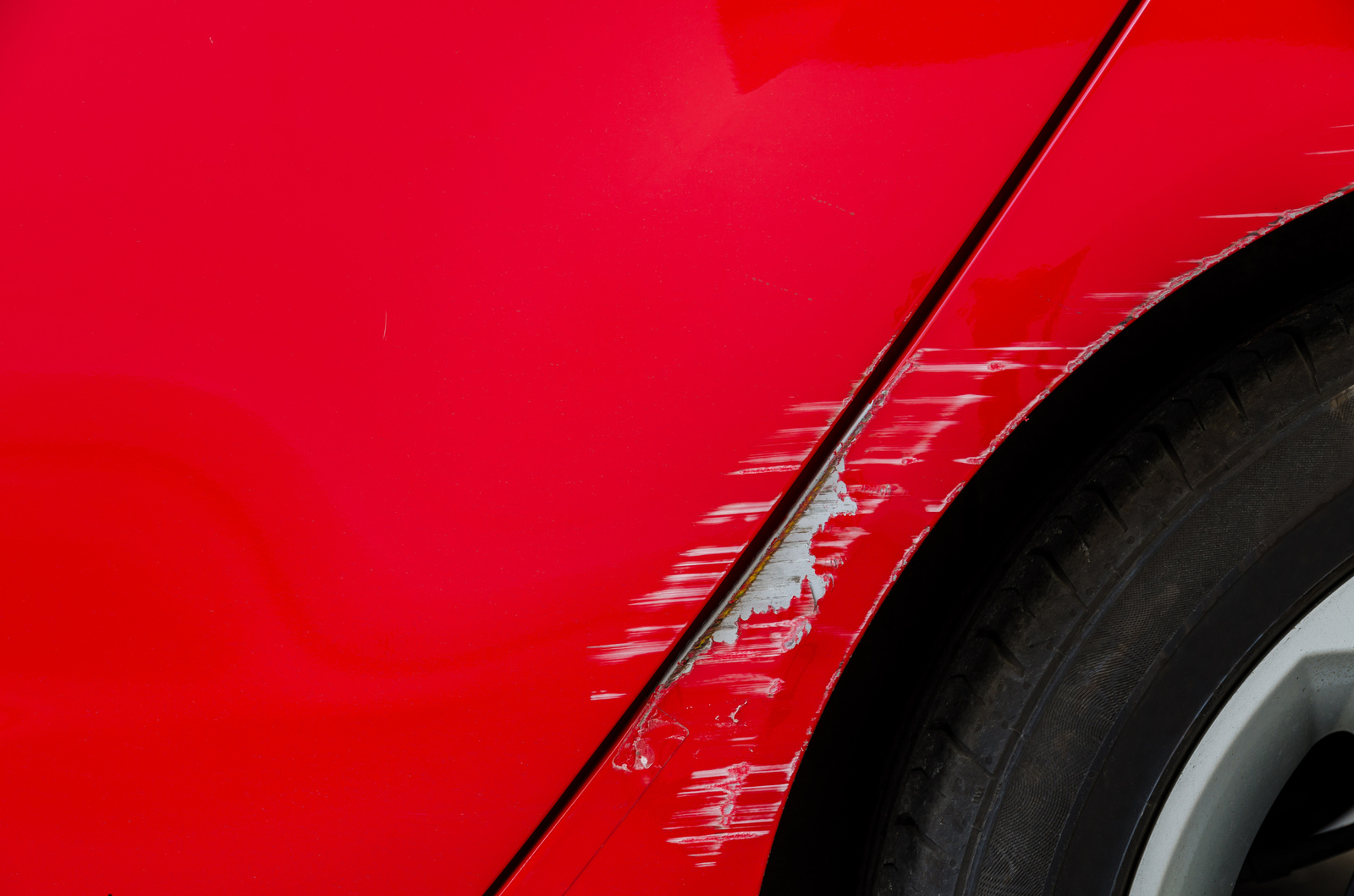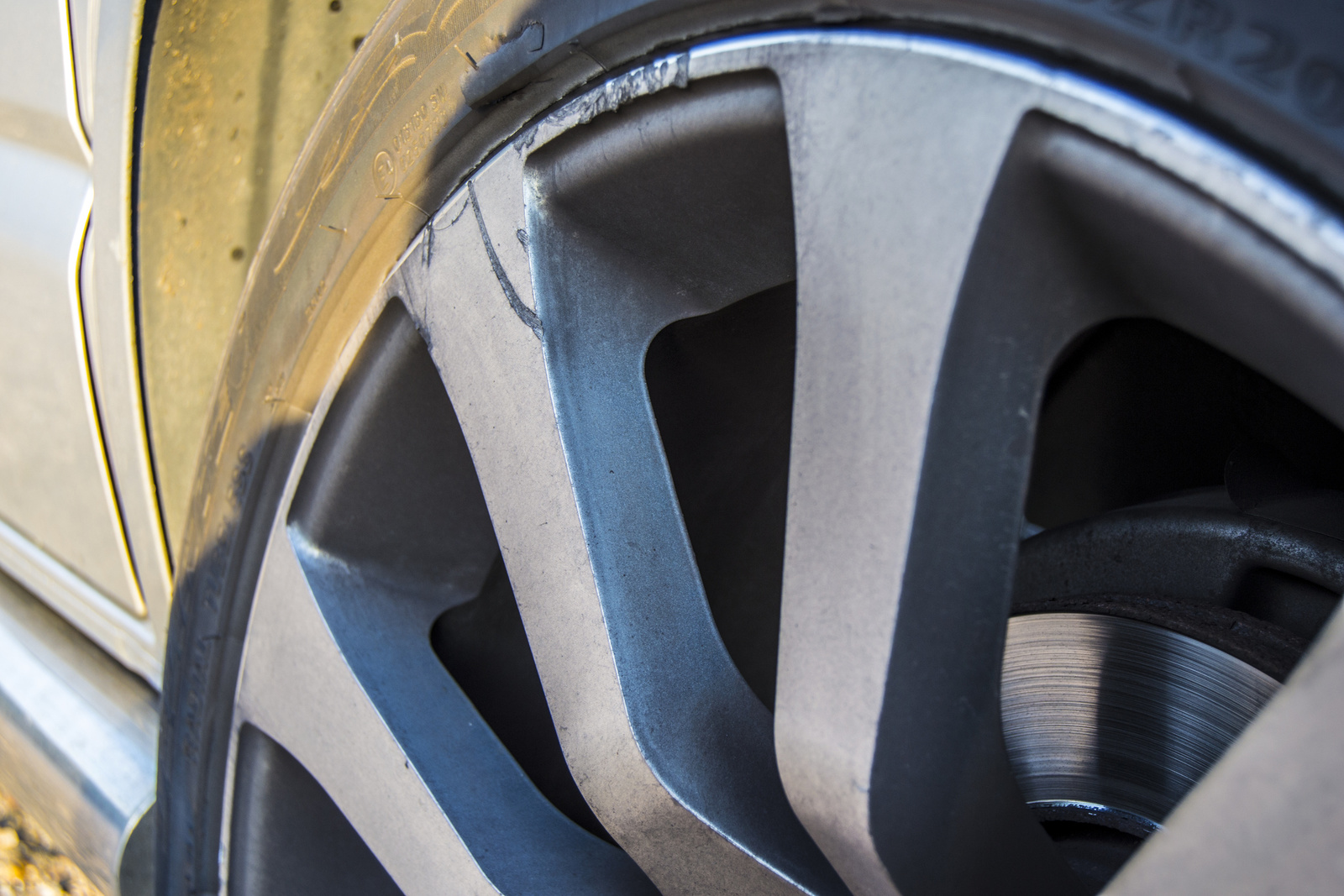Buying a used car can be exciting, not to mention easier than ever before, thanks to the pricing transparency and dealer ratings pioneered by CarGurus. Despite this, there remain a few potential pitfalls, the worst of which is surely the possibility of buying a car that – unknown to you – has been repaired after suffering major damage.
The most significant issue with buying a damaged vehicle is simply that it might not be safe to drive. Unscrupulous sellers aiming to make a quick buck may simply fix a car so it looks good to the untrained eye, but not pay any regard to any structural damage or safety features. For example, a faulty airbag will trigger a warning light on the dash. Rather than fix the airbag, an unethical person might instead work out a way to extinguish the light.
Then there’s the financial aspect. Even if a heavily damaged car has been repaired to a high standard, it won’t be worth the same as a car that hasn’t been crashed. Buying any crash-repaired car without adjusting the price accordingly could therefore leave you seriously out of pocket, even if you buy it below the market value.
With all this in mind, you’ll understandably want to exercise caution when looking at a used car – but how do you tell the difference between superficial scrapes and repairs that have been carried out following major damage?

What Counts As Major Damage?
If a car has suffered fire damage, it can be very difficult to make an economical repair. Even a small fire can leave a lingering smell in the car, and once major flames take hold, little can be done to salvage it. If you are looking at a car and notice blistering or scorching to the paintwork or interior, or if it smells at all like it’s been in a fire, it’s best to walk away.
Although harder to spot, flood damage can be nearly as devastating as fire damage, wrecking everything from engines and electrics to interiors, and leaving a foul smell. Indeed, the majority of flood-damaged cars are written off by insurers simply because fixing them to an acceptable standard would often cost more than the car is worth. Signs of flood damage include wet carpets, a damp or musty smell, faulty electrics, and corrosion under the bonnet or boot floor. If running the heater causes the windows to mist up, it means there’s moisture somewhere in the system—another sign of possible flood damage.
Then of course there’s accident damage. At its most serious, you could be looking at a car that has rolled over or one that had to be cut open by a fire crew in order to rescue occupants. But even smaller bumps can spell major trouble if they have bent or cracked the car’s chassis.
To look for signs of poorly repaired accident damage, pay close attention under the bonnet and boot floor, as well as along the sills (the lower part of the car’s body that runs under the doors). When a new car leaves the factory, everything will line up straight and true. The bodywork will be smooth and rust-free, and the paint colours consistent with no overspray onto other components. If the car you’re looking at doesn’t fit with this description, there’s a good chance it has been repaired to a poor standard.

Understanding Write-Offs
An insurer will most likely write off a car that has suffered fire, flood, or significant accident damage. If the damage is extensive, it will be classed by a car insurance company, using Association of British Insurers (ABI) write-off categories, as a Category A or Category B vehicle. This means it's a total loss and must be crushed so that it is never returned to the road. You can't repair a Cat A or Cat B car.
However, if the damage is non-structural and at a level where the car can be repaired and safely returned to the road, an insurer will class it as a Category S or Category N (formerly Category C and Category D) write-off car. It's written off, not because it is not safe, but because the insurer deems the cost of repair to not be economically viable. You may still be interested in a Cat S or Cat N car if you think it's worth saving.
As a used car shopper, you need to know if a car has been recorded as an insurance write-off, and you should be sure any and all repair work has been carried out to a high standard. You can take care of the former by paying for a vehicle history check. These cost about £20 and will reveal if the car has ever been recorded as a write-off.
If the history check shows the car has been recorded as a write-off, but you are still interested in buying it, then it is well worth paying a couple of hundred pounds for a professional vehicle inspection. This will help you determine the level of damage and if the repairs have been carried out to a standard that makes the car safe to drive.

Repairing Minor Damage
The good news is that the majority of used cars you’ll come across in your search will not have a history of major accident damage. However, this isn’t to say they will be blemish-free either.
Bear in mind most accident damage is repairable. If there’s significant panel damage, or if a car’s paintwork is excessively worn, you’ll generally need to take it to a body shop to be fixed. Here panels such as doors, bonnets, and front wings can be replaced, and if necessary the whole car can be resprayed.
If the damage is more superficial, such as small parking dings that haven’t cracked the paintwork or minor scrapes and scratches, you might get away with using a ‘smart repair’ rather than a body shop. This is when a mobile technician comes to your home or place of work and repairs the car on site. Smart repairs can also be successful in fixing tears or cigarette burns to car interiors and small cracks or chips to a car’s windscreen.

Wheel Deals
Take a look at the car’s wheels. Scrapes, scratches, dents, or even buckling, often as a result of hitting potholes or kerbs, are some of the most common types of damage you’ll see on a used car.
In many instances, such damage can be successfully repaired by a specialist wheel refurbishment company at a cost of £50 to £80 per wheel. So, if you see a car with unsightly wheels, don’t necessarily let that put you off. Instead, use it as a negotiating point when agreeing on a price.
The DIY Approach
Sometimes damage can be repaired with a bit of elbow grease and the correct products. Light scratches, for example, will often polish out, and even faded paintwork can be revived with a specialist product.
Items such as cracked headlight casings or broken pieces of interior trim can be easily sourced online (either new or used) and are often quite simple to change. And if the headlight lenses have turned cloudy, applying a bit of toothpaste (yes, really) can work wonders restoring them.

